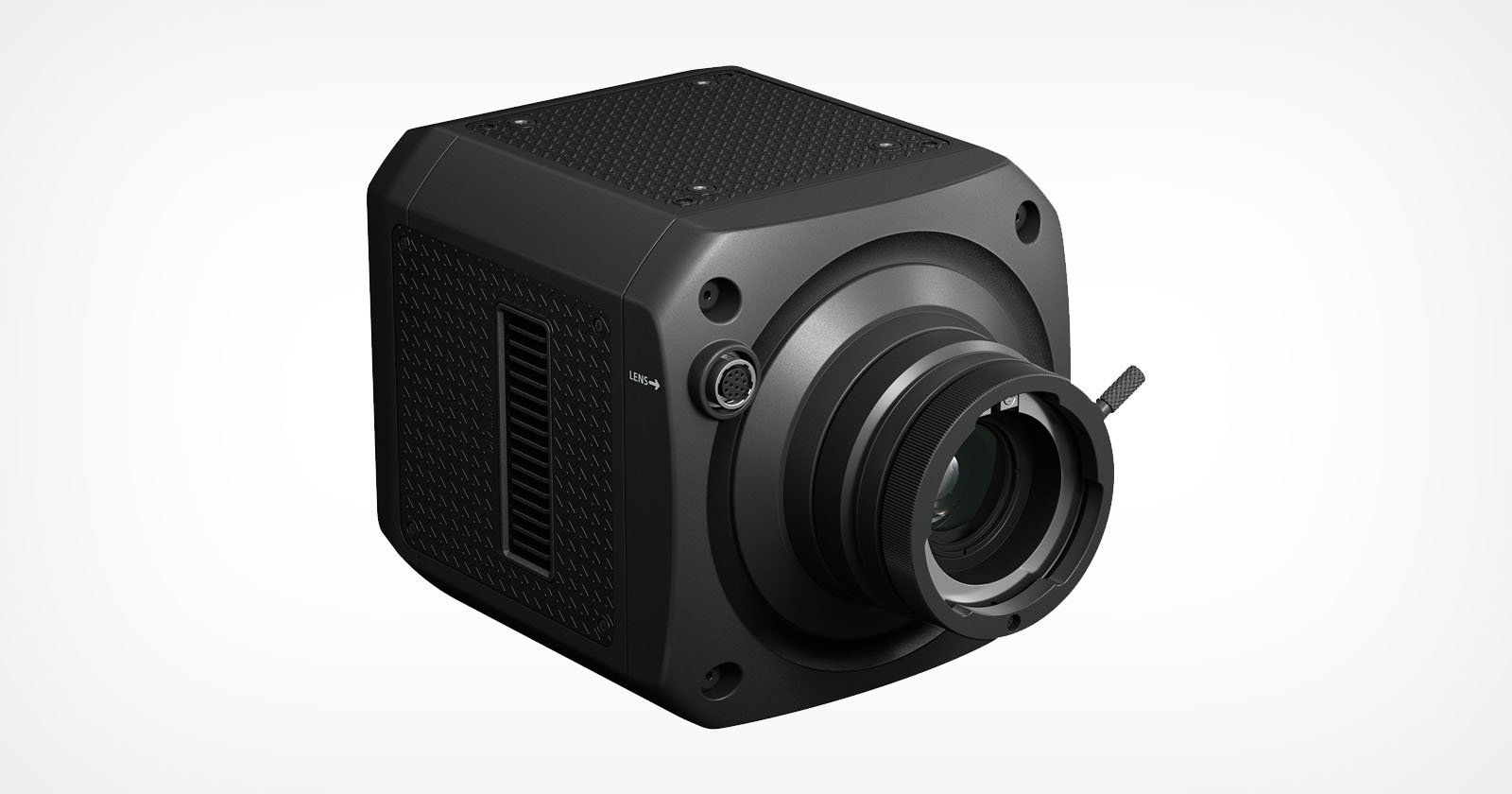Canon's New Camera Can See Subjects From Miles Away, Even at Night
The world’s first ultra-high-sensitivity interchangeable-lens camera equipped with a Type 1 Single Photon Avalanche Diode (SPAD) image sensor is finally coming to market, and the ultra low light vision capabilities it brings don’t come cheap.
Originally announced in April, the Canon MS-500 promised to combine technologies in a way that had not been done before. The 3.2-megapixel SPAD sensor would deliver incredible low-light performance. It is combined with a higher resolution than had ever been produced on a SPAD sensor before and additionally uses the industry-standard B4 bayonet lens mount (based on BTA S-1005B standards), which is a widely used mount for 2/3-inch broadcast lenses that allows users to use the new camera with Canon’s large line of broadcast lenses.
“In areas with extremely high-security levels, such as seaports, public infrastructure facilities, and national borders, high-precision monitoring systems are required to surveil targets both day and night accurately. The new MS-500 camera is the world’s first ultra-high-sensitivity camera equipped with a SPAD sensor, achieving a minimum subject illumination of 0.001 lux,” Canon says.
The combination of low light sensitivity, resolution, and telephoto capability provided by those broadcast lenses is wholly unique.
“When combined with ultra-telephoto broadcast lenses, it may be possible to capture clear color videos of subjects at a distance of several miles, even at night.”
The sensor at the heart of the MS-500 has been in development for the last two years and differs from the CMOS sensors photographers are used to in a key way. While CMOS sensors measure the amount of light that reaches a pixel at a given time, SPAD sensors measure each light particle that reaches every pixel of an image sensor.
“The SPAD sensor uses a technology known as ‘photon counting’ which counts light particles (photons) that enter a pixel. When incoming photons are converted to an electric charge, they are amplified approximately one million times and extracted as digital signals, making detecting even small amounts of light possible,” Canon explains.
“In addition, every single one of these photons is digitally counted, prohibiting the introduction of additional noise during signal readout—a key advantage of SPAD sensors. This enables clear color video shooting even under a 0.001 lux low-light environment.”
Because the camera is expected to be used to see distant objects, Canon built in custom picture functions to improve visibility by reducing noise and haze. The company says that it is aware that atmospheric turbulence is particularly an issue at night and may cause issues with perceived resolution, so it created “CrispImg2,” a Custom Picture preset mode that it says optimizes resolution and contrast while suppressing image noise. It is a standard setting in the custom picture menu on the MS-500.
The camera also has a feature Canon calls Haze Compensation as well as what Canon calls Smart Shade Control features that the company promises will reduce the effects of haze and mist while also automatically adjusting contrast and image brightness.
Beyond that, Canon has enabled users to create their own custom picture profiles to adjust and save image quality settings
“Users can also create their own custom picture profiles to adjust and save image quality settings according to various shooting environments. This feature enables users to shoot high-visibility videos at virtually any time of day or night,” Canon says.
The technical capabilities of the camera, which PetaPixel covered in more detail in a story from this past April, are impressive, but expensive. The Canon MS-500 SPAD Sensor Camera is scheduled to be available in September 2023 for $25,200.
Source: PetaPixel


